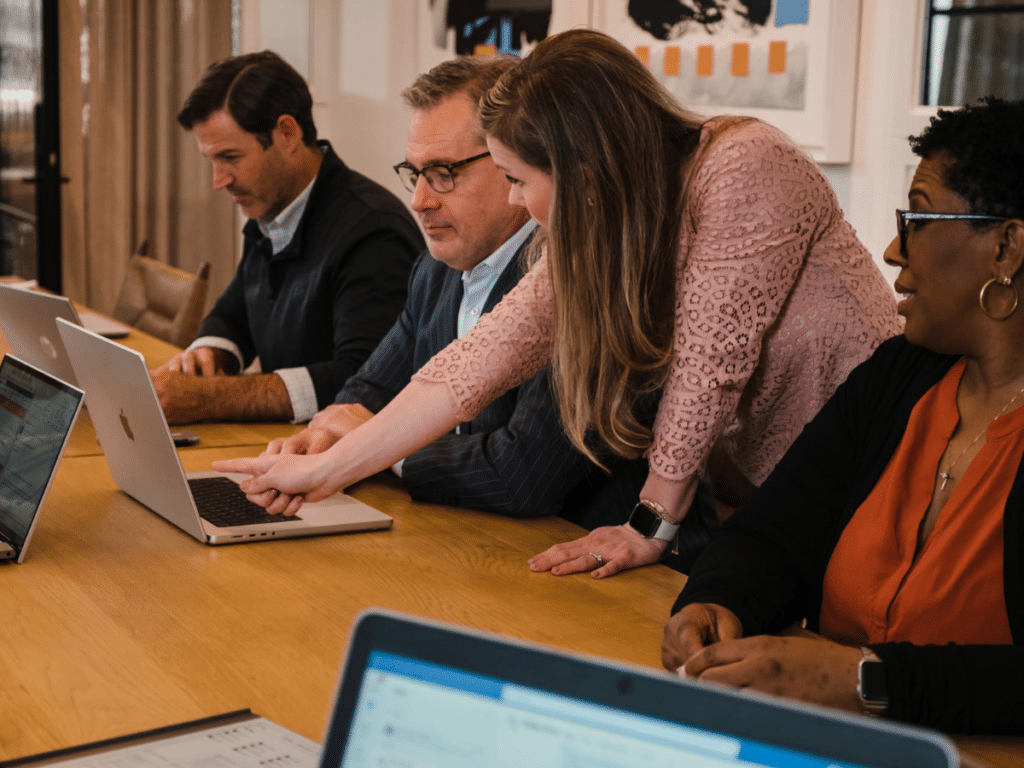
By Daniel Bonner
An odd thing happened in 2021.
eDiscovery providers became big targets in the M&A space. At the same time, legal technology played an important role in making legal human, or making transactional relational.
According to our friends at Complex Discovery, the 33 M&A and Investment (M&A+I) events of Q1-3 this year is just the beginning of an acceleration of activity, especially around eDiscovery providers.
We couldn’t agree more, and here’s why.
Is there an M&A Day like we celebrate eDiscovery Day? Of course not.
The collaborative community that eDiscovery providers have built is a rarity in the legal industry. The innovations born from leading organizations like EDRM and ACEDS; the openness to share learnings, standards, talent, and technology so that the whole industry improves; and the hospitality―and yes, hospitality is the right word―of eDiscovery sets it apart and makes it a perfect target for the M&A+I space: eDiscovery lives and breathes at the intersection of transactional and relational.
You should find this targeting both concerning and motivating.
First, the concern.
What got us here is at high risk to be lost.
A merger or acquisition inevitably leads to a larger organization with a more fragmented culture. And as an organization grows, so does the risk of sprouting more siloes.
The more siloes, the slower an organization will respond―much less correctly. They can still get it done. But can they get it done right?
Often, the short-term gain takes priority over the significant time and energy it took to build an authentic customer experience, a real relationship, and meaningful service levels.
The eDiscovery industry’s rich history of collaboration and innovation cannot be compromised in this season of mergers and acquisitions if we intend to remain leaders in legal tech.
And now for the good news.
If you know, you know.
I can’t help but think back to the words of Zabrina Jenkins, Starbucks’ then in-house counsel when I heard her say that the best innovation she had seen in a long time was her team relearning to pick up the phone and just call to solve a problem.
We have email, texts, Zoom, Teams, matter management, smart contracts, e-signatures, and now a metaverse.
Doesn’t it feel so personal now to just say “hello” to one person on the phone?
At Level Legal, we strongly believe in a single-point-of-contact (SPOC) service model. Our customers know that when they call, the person they expect is going to be on the other end―and actually answer. When a customer secures our eDiscovery services during an M&A, we make sure that customers can expect us to know their workflows, work habits, and work preferences so that next time, or even ten times later, the client knows our SPOC model is in place.
One of the reasons we gain some of our larger matters (and then relationships) following an M&A is because the customer has been shuffled from one project manager to another or from one automated response to another―and they are weary.
During this year’s eDiscovery Day, we want to put the focus on our clients―not our services. By encouraging our and others’ customers to pay attention to these key aspects, we believe all parties in the legal tech arena will benefit in the long run.
Looking to partner with Level Legal? Contact us today.


